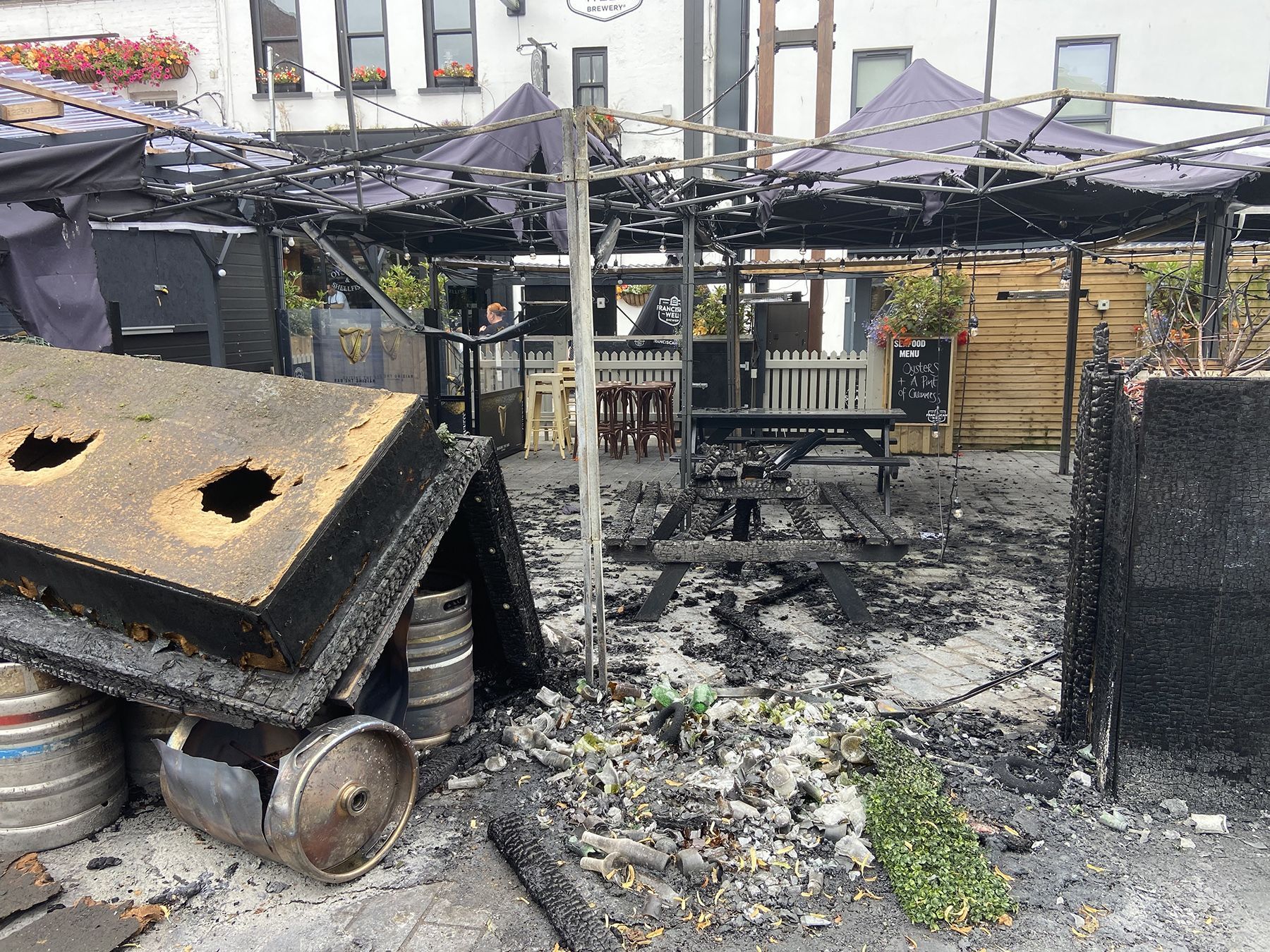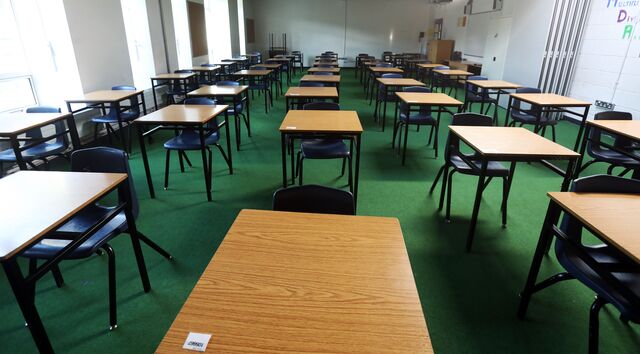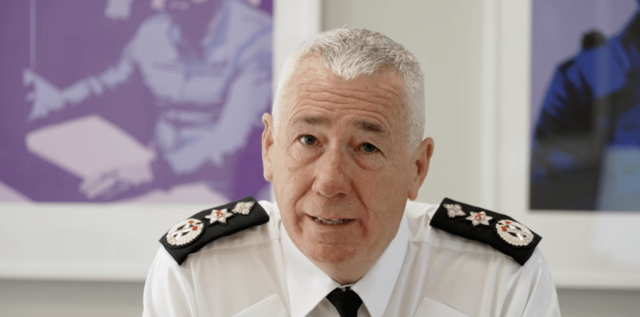TOO few people are paying attention to the warnings of Caral Ní Chuilín MLA as she tells us that Belfast city centre needs homes. Her warnings speak to a threat to the very fabric of Irish cities.
A few weeks ago, I visited an award-winning restaurant in Belfast city centre. Opposite its entrance a man was sitting on cardboard boxes smoking heroin. I asked the woman who runs the restaurant’s front of house if that was unusual; she wearily replied that it's not, and that the police are regularly called about the serious anti-social behaviour outside their door, for all the good it does.
Last week I met a not easily disconcerted New York Times journalist who has travelled the world. She asked me about the safety of Belfast. She was staying in a well-known and respected downtown hotel but described the streets outside as pretty “sketchy” with open drug dealing and using. She didn’t fancy leaving the hotel after 9pm.
A wonderful friend who has lived in Belfast for 30 years has found herself not wanting to be alone in Belfast city centre, day or night, for the first time.
At the weekend I was in Dublin for the third time in one week. In busy, pedestrianised, so-called tourist streets men and women of all ages were smoking and injecting hard drugs, day and night. When I got off the train there was a pool of blood at the entrance to Connolly Station. On O’Connell Street there was open fighting between two gangs of young men.
Our two capital cities are in the midst of physical decline. Once glorious shops, boulevards and hostelries – Clery’s, O’Connell Street, Royal Avenue – lie in various stages of dereliction. Homelessness and addiction ravage the streets, with hunger, sadness and despair on every corner. Experts tell us that we are safe, but it doesn’t feel like it, and it most certainly does not feel healthy. Meanwhile, citizens’ right to healthcare and homes are systemically failed.
We can apparently facilitate booze bikes or hen parties with ever-increasing numbers of hotel rooms or student flats, but that only adds to the prevailing sense of decay as those that occupy our two capital cities have little vested interest in making our cities live and breathe, beyond a cheap (or not so cheap in Dublin’s case) weekend or a short semester.
Watch Yourself Embassy Warns https://t.co/MvjU8v1B8D via @IrishEcho
— Irish Echo Newspaper (@IrishEcho) July 26, 2023
It took an American tourist being battered into a coma for attention to be paid to Dublin’s city centre. Had he been an economic migrant little would’ve been said and nothing done. But the questions being asked demand complex, resource-rich answers in areas generationally disregarded. Expect a few more visible Gardaí, instead of what is actually needed.
In Belfast, a similar crisis will come in one form or another – Mourne Seafood’s beautiful outdoor area being burned to the ground last week didn’t create the stir it might have. Dead addicts or homeless certainly do not seem to stir action. Their citizenship is always less deserving – in life or death.
But, as Caral says, better is possible. In Dublin, and Belfast, the infrastructure that could come from city centre families living in affordable city centre homes is so easy to vision. Education, culture and healthy ways of living could re-emerge into the daylight quickly and easily. Our built heritage could be cherished, along with the citizens living in it.








